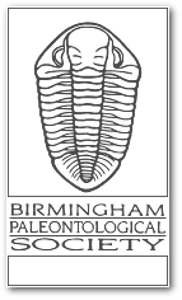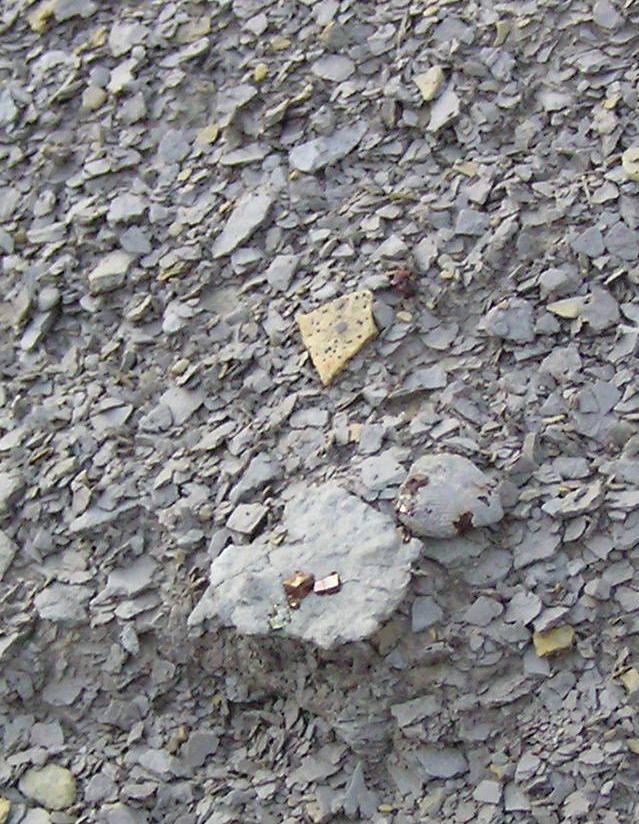Back in the car headed to site #2, and it began raining again. Darn! As the drizzle quits, someone suggests a side trip to the lake, to check the water level, and much to our delight, it was way down, so we added an unexpected new stop, where everyone found a number of crinoid stems, blastoids, archimedes, an unknown trace fossil, and horned coral. One comment was "How many days do we get to spend here?". The weather got warmer, and became very pleasant, even without coats (a real thrill to those of us who remember many collecting trips tolerating the icy cold wind that normally whips around the point most of the winter). In keeping with our international flavor, two guests from Japan (who have only been in the US since July) joined us for their first ever-fossil trip. We may have spoiled them. NO you DON'T find fossils on every spot of ground in Alabama!
Then, when Greg was able to tear us away from the lake, on to the next location, site #3, a popular road cut in Colbert County, where nice blastoids, archimedes, and straight cephalopods were found. Also, an outstanding question was answered. On our August 2005 field trip, an odd, lightweight, heart shaped disk was found in Montgomery County that we couldn't identify. On one of Vicki's side excursions today, she found part of a vertebra column, probably of a deer, and several of the heart-shaped cartilage discs were found in place. Now we know - not a fossil, but very interesting.
The 4th stop had a few specimens, but not enough to linger.
At that point, part of the group went to an additional site, where there were nice fossils, mostly still in matrix. This site contains metallic, cubic mineral specimens that have not yet been positively identified. They look similar to pyrite, but are the wrong shape and color. They are small, about 1/4 inch, cubic, shiny reddish-gold copper colored, and heavy for their size. The square sides aren't exactly straight, since they have a dip in the middle. They could possibly be limonite after pyrite.
After that, the entire group met up again, and headed to an off-the-beaten-path steak house in the middle of nowhere to wind down for the evening and enjoy each other's good company before starting the long trip back home.
(photos courtesy Lea Martin and Vicki Lais)
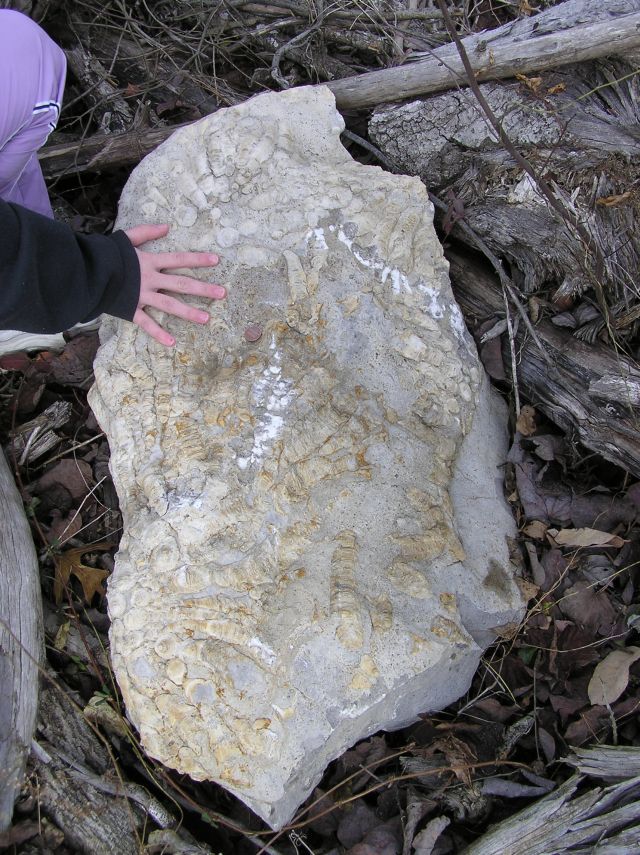
The first stop produced very large specimens of rugose coral, most too large to carry.
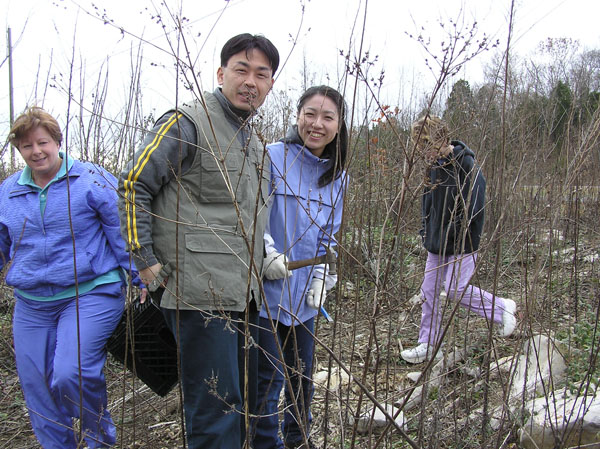
Leisa, our Pres, and new members Hitoshi and Yakari on their first fossil trip... Welcome to Alabama!
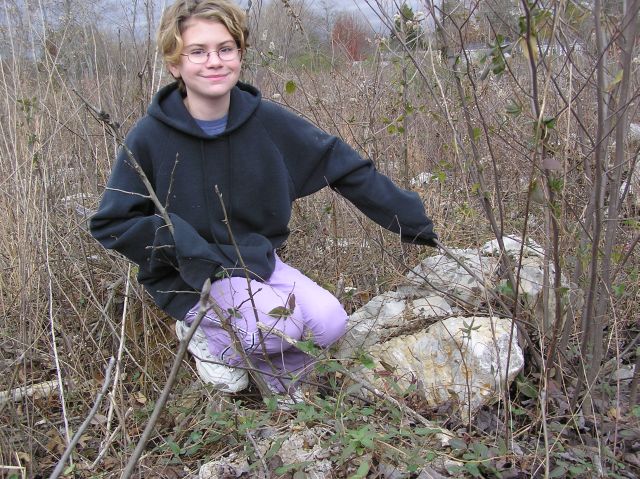
Paige just needs her picture taken since she is so photogenic. What a nice specimen of coral she's found!
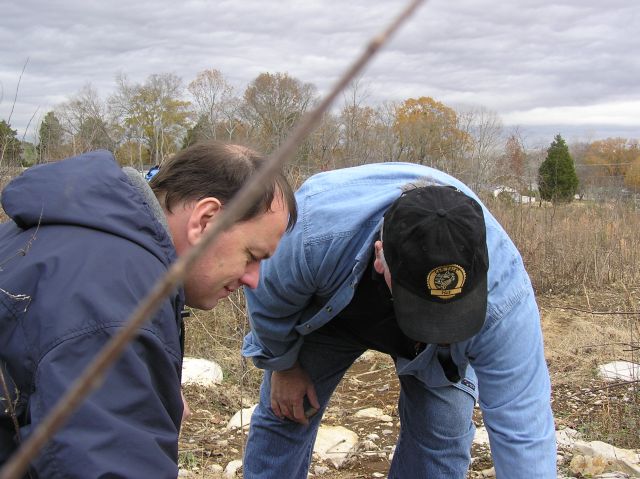
Jan and Greg searching for loose corals.
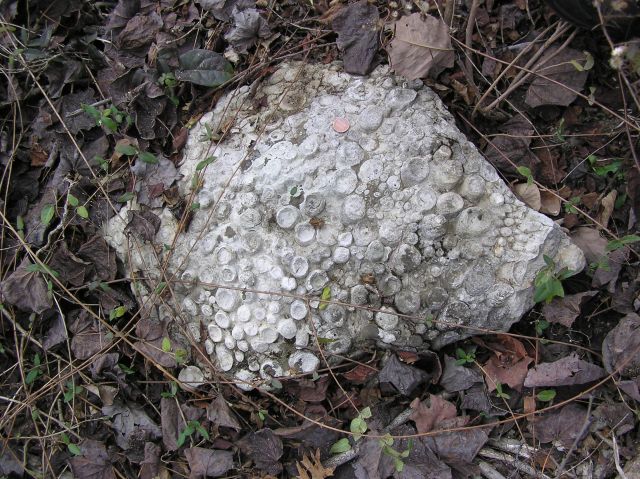
One of the nicest specimens.
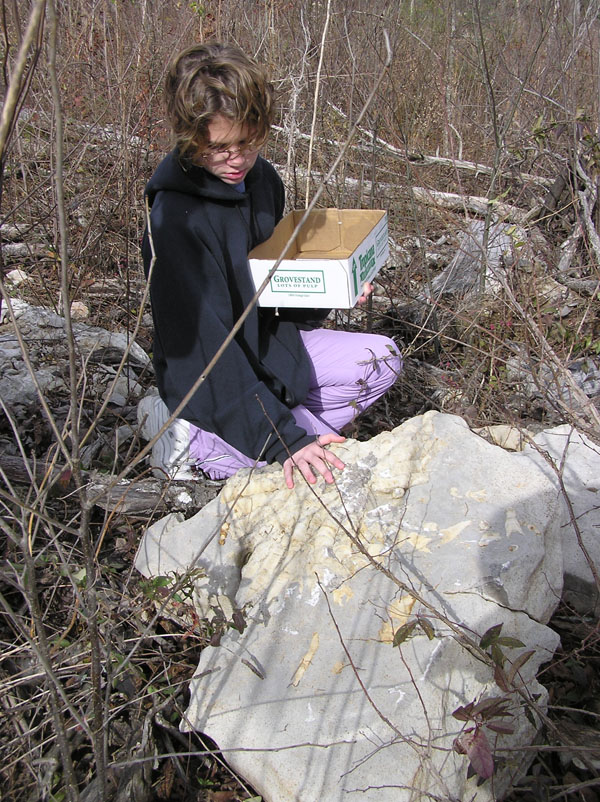
Uh.... Paige..... I don't think it will fit in your box......
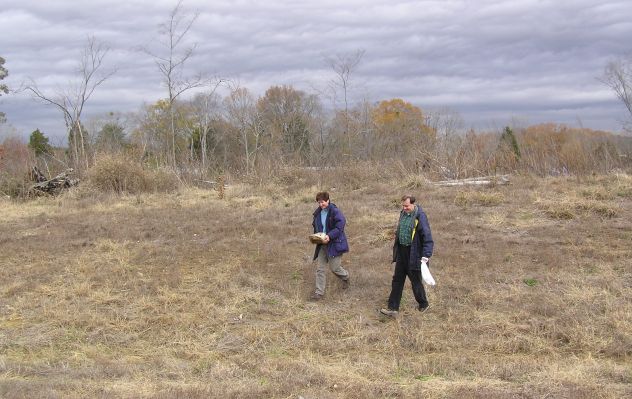
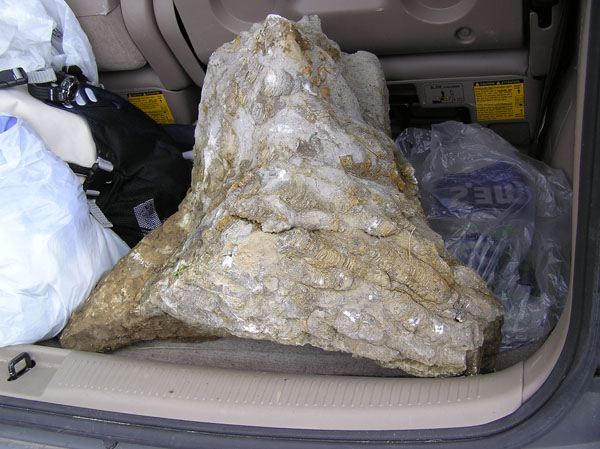
Lea Novak has lugged this large coral to her car.
On to site #2 -
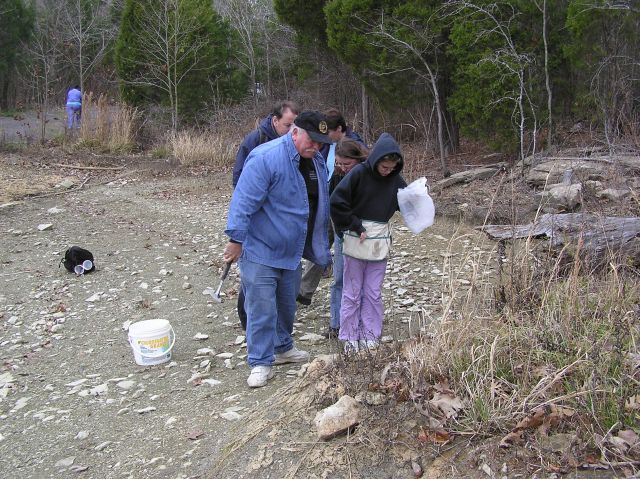
Most of the rocks on this lakeshore are filled with small fossils. Most plentiful are crinoids, blastoids, archimedes, and horned corals.
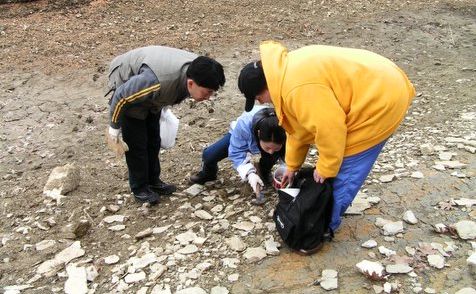
Leisa showing our newest members fossil specimens on the rocks.
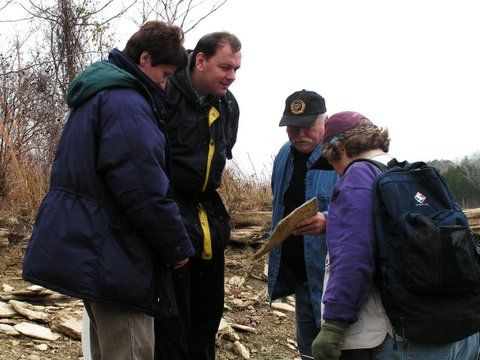
Greg has found a nice slab to show how plentiful fossils are in this area.
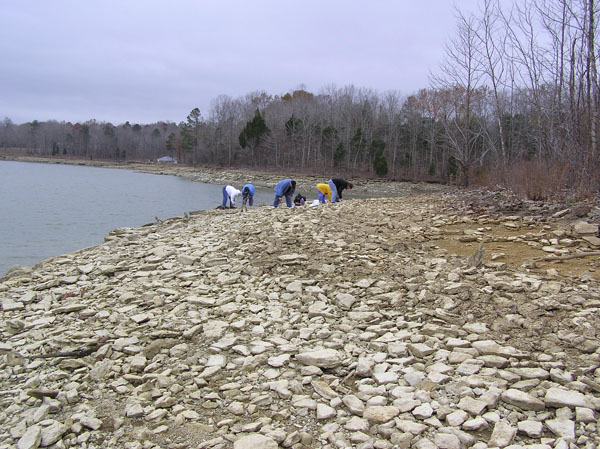
Every rock here is covered with fossils. So why search? Some rocks have weathered more than others, and the fossils are in nice relief. Some have more "perfect" examples, some have more of the "pretty" fossils, or displayed a larger variety.
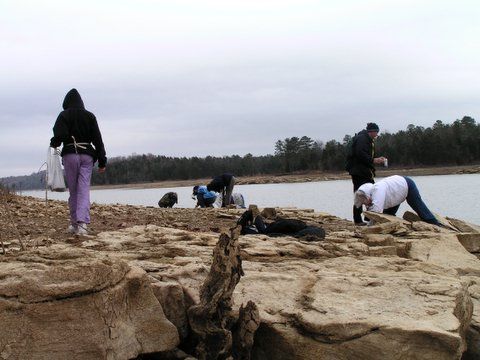
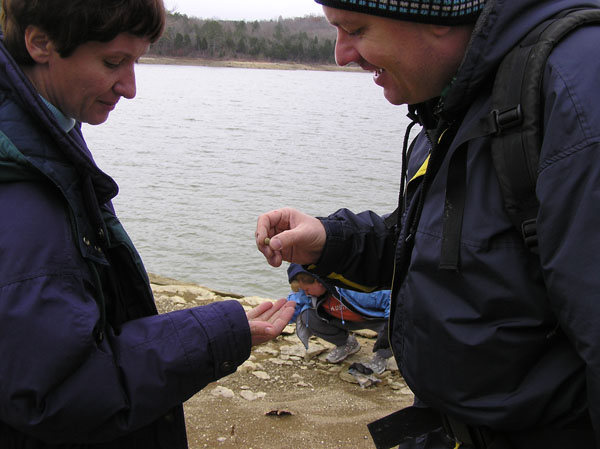
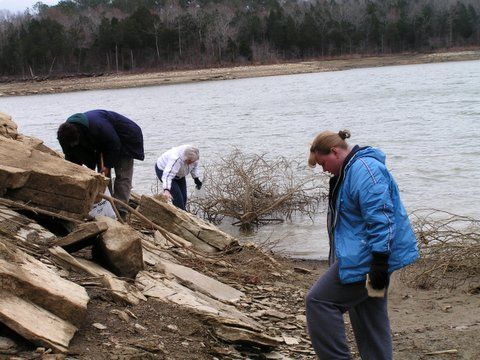
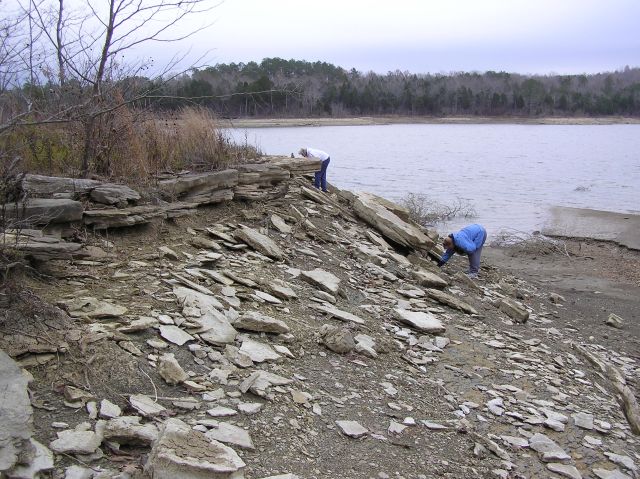
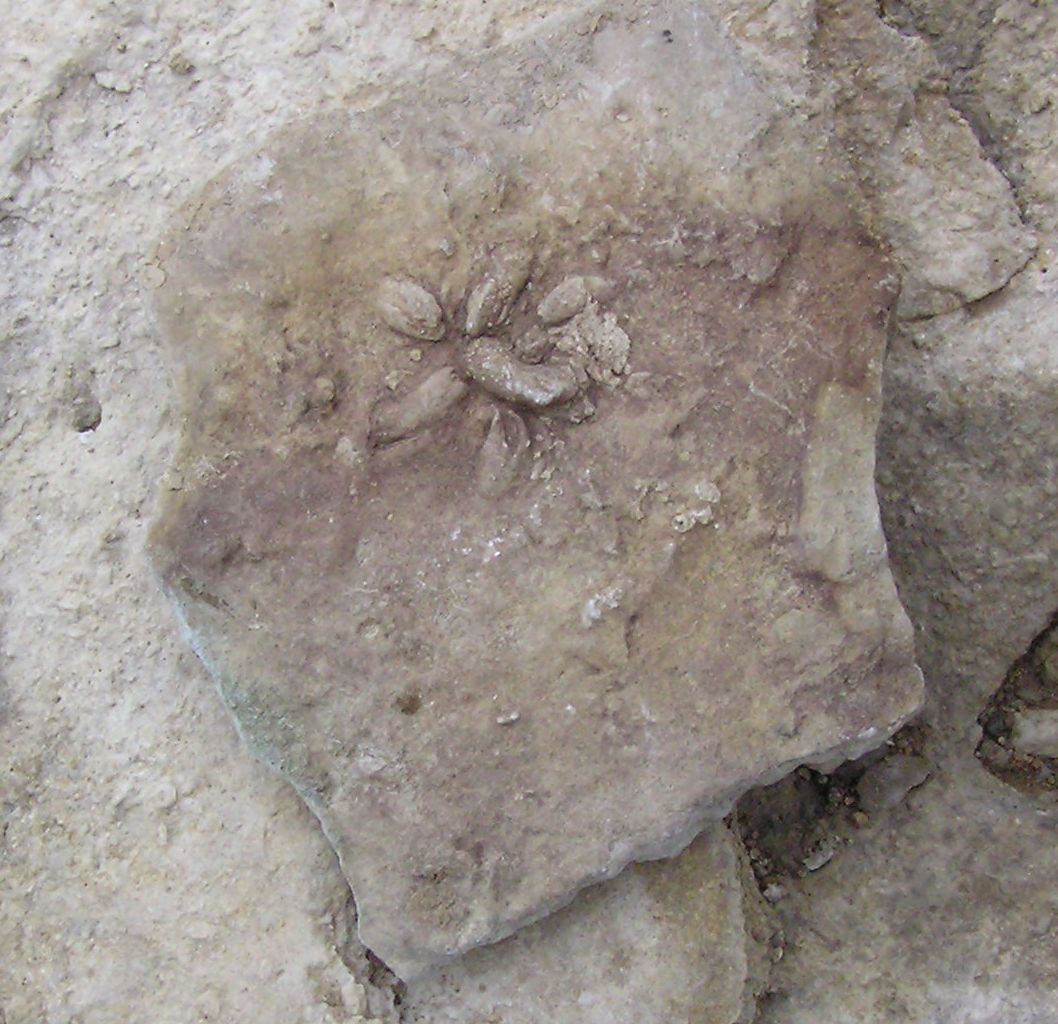
Melanie has found a nice.... well....umm.... trace fossil??
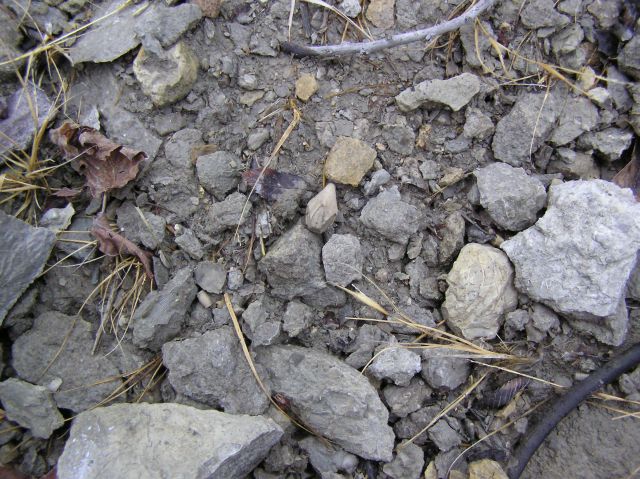
Look carefully in the middle of the photograph to see a blastoid.
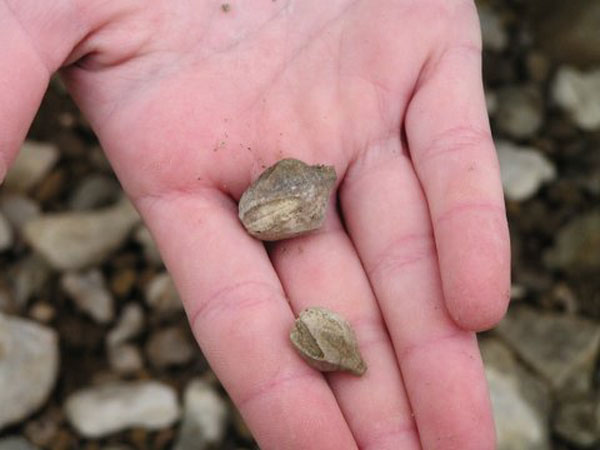
Closer view of blastoids.
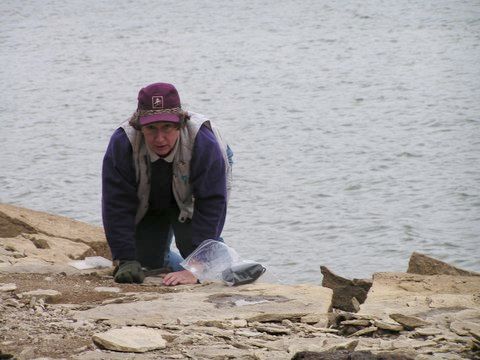
Hi, Claire!
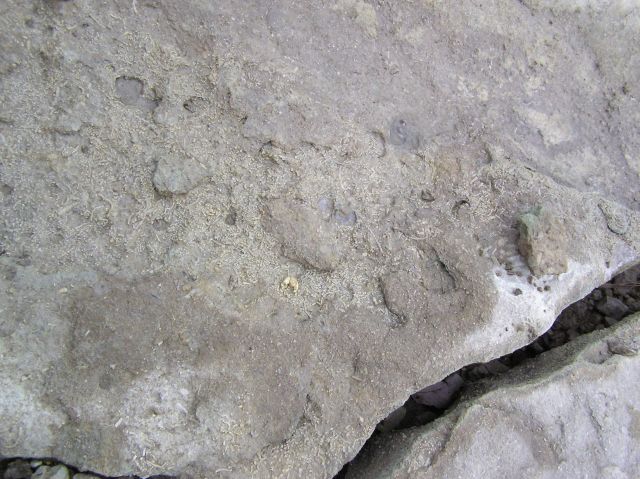
Hard to see, but this boulder is covered with very tiny crinoids, probably a breeding area.
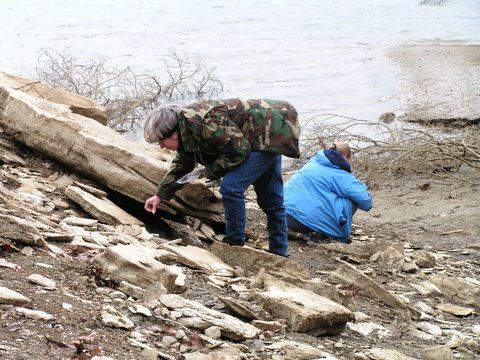
Stop #3 is a roadcut -
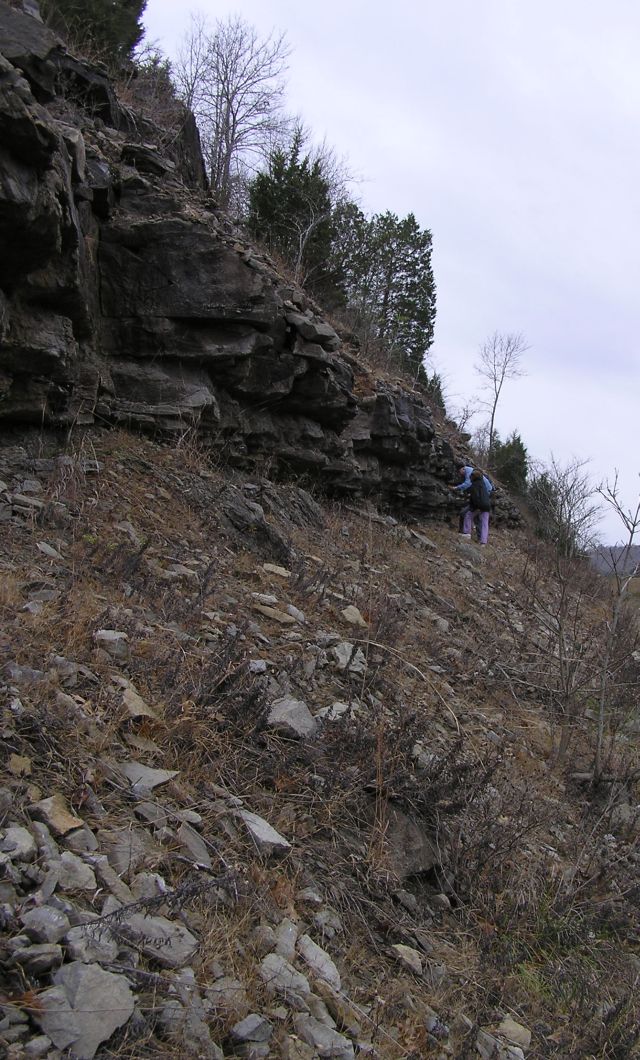
Blastoids, horned coral, and archimedes were found in this area.
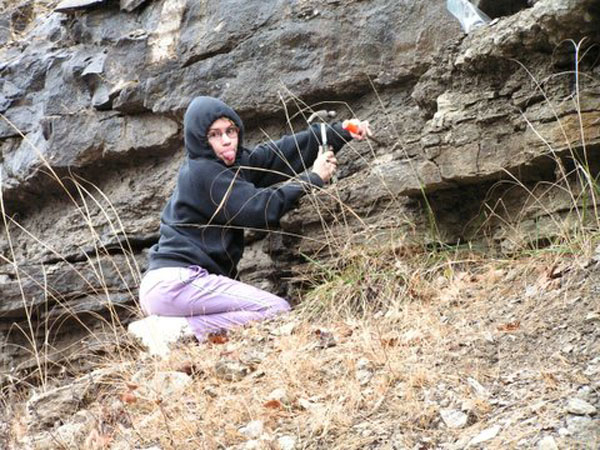
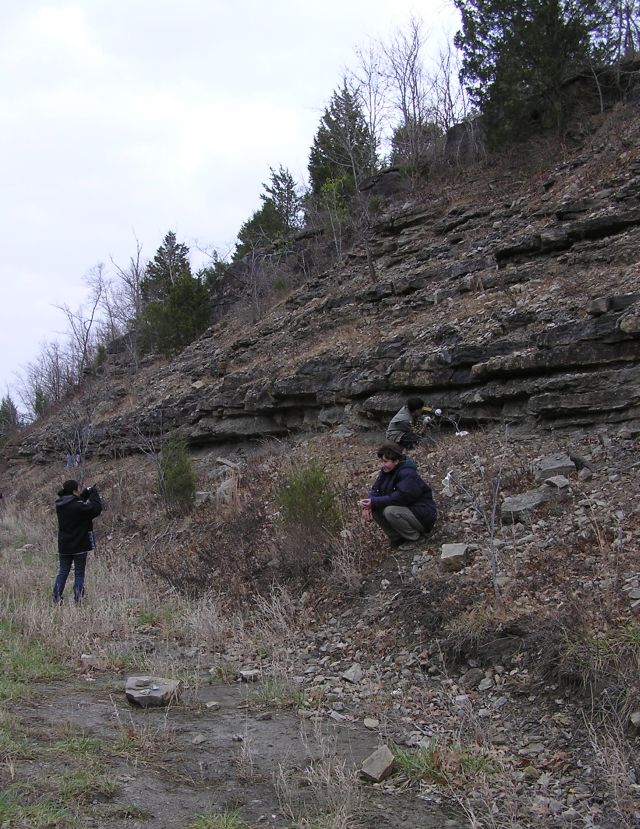
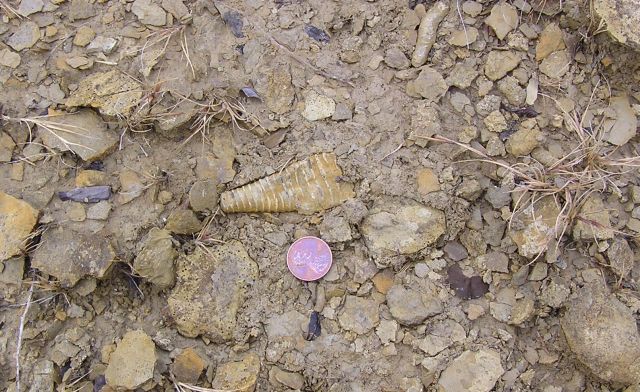
A few straight cephalopods were also found.
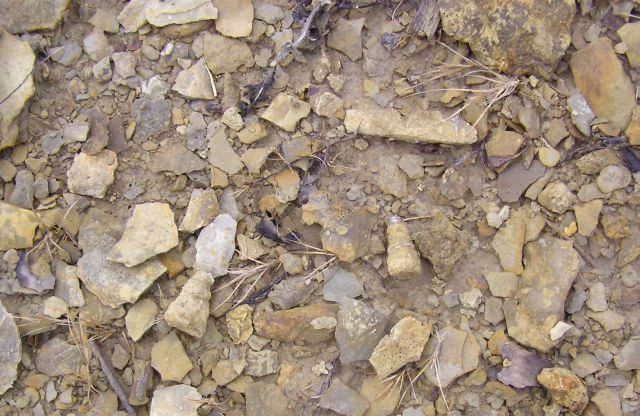
Some fairly worn specimens of horned coral.
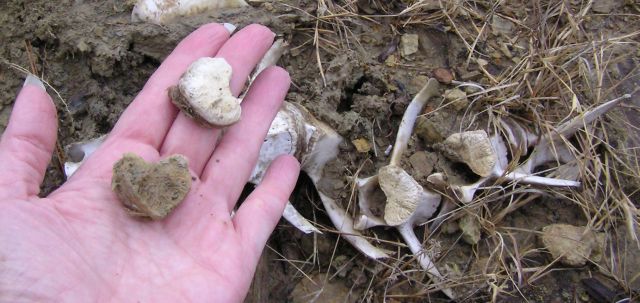
Another mystery solved. A heart shaped item had been found on our Montgomery trip, but no one knew what it was. Several of them were found in place today - in a deer spine. They are the discs between vertebra.
Stop #4 - another wash in a roadcut.
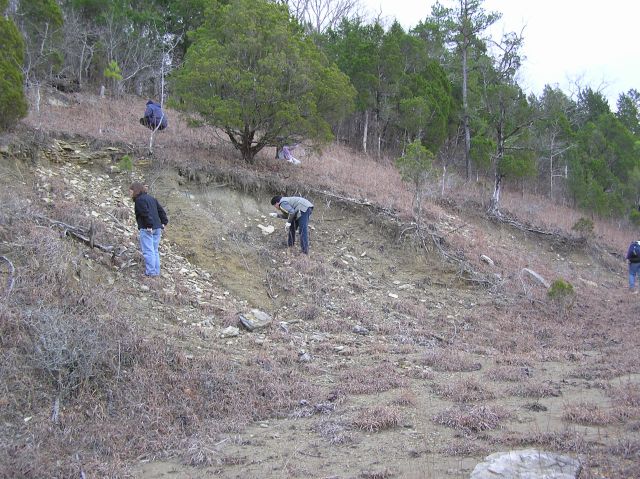
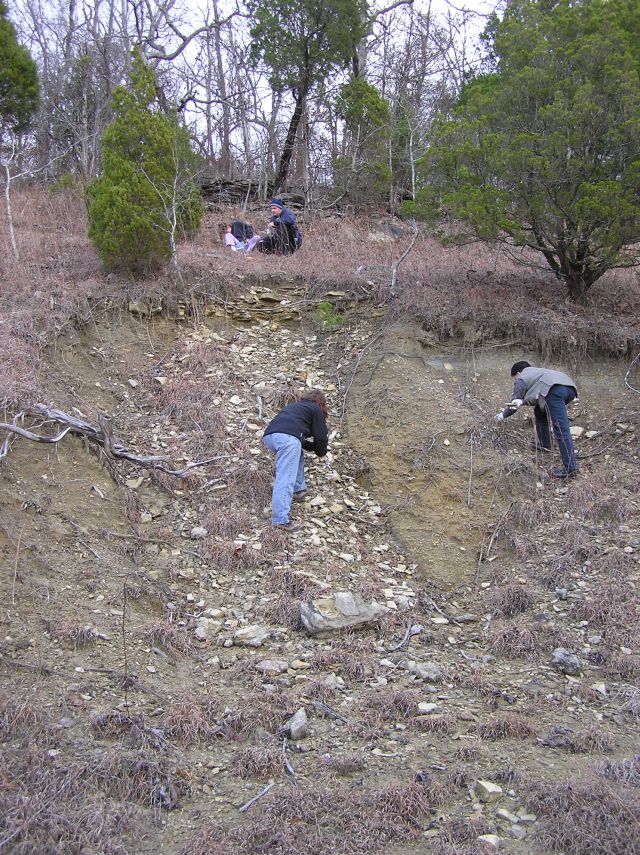
Very little was found at this location, but we had fun looking!
While most of the group headed for the local watering hole, 3 members proceeded on to stop #5:
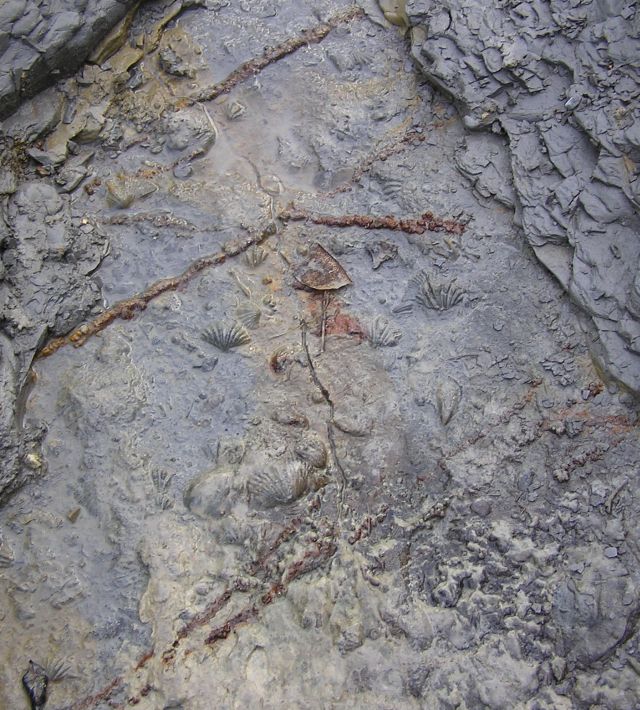
A beautiful layer of bivalves is now exposed. Impossible to collect without damaging the specimens, so we collected only photos.
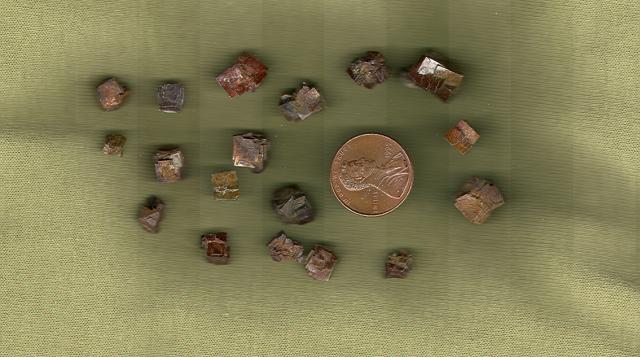
A closer view after cleaning. They are heavy, and may be pyrite. Possibly limonite after pyrite.
